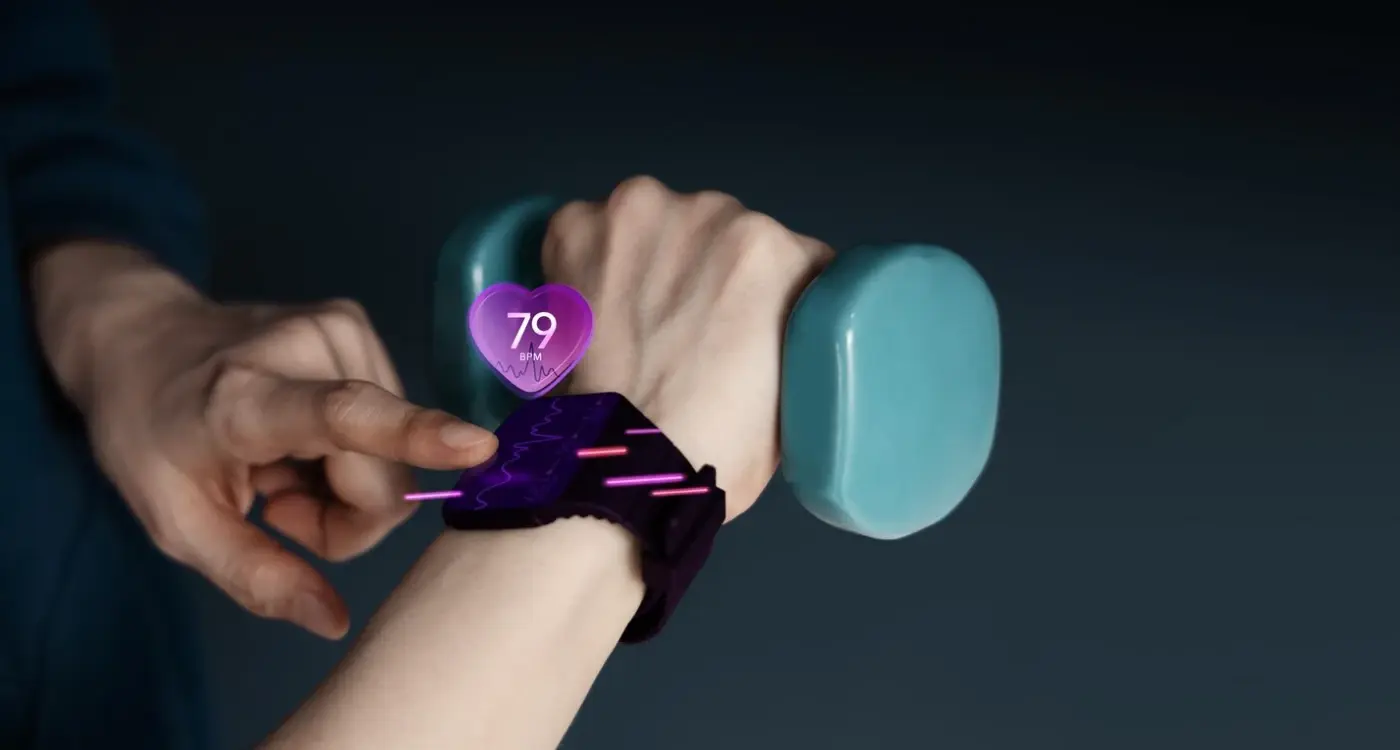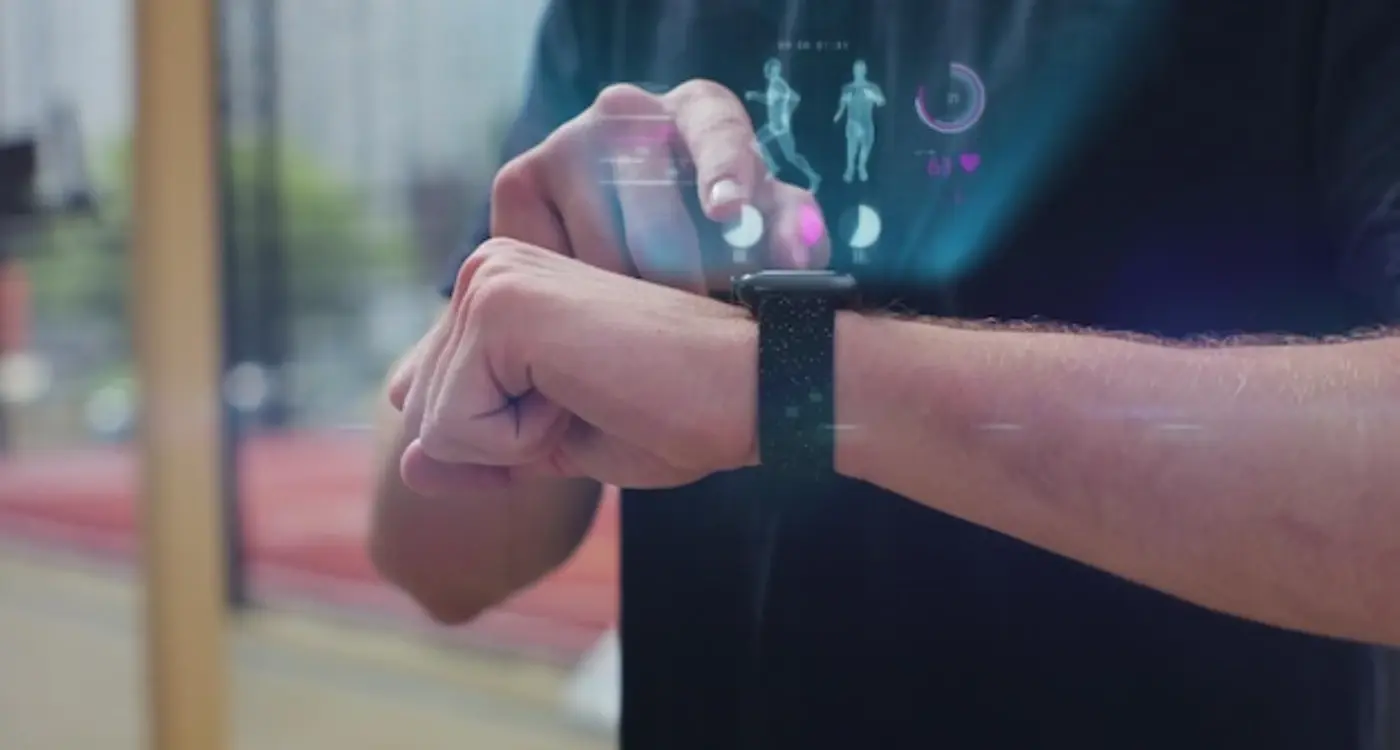What's The Battery Impact Of My App On Wearable Devices?
Your smartwatch battery died again. Sound familiar? You're not alone—most wearable device users experience this frustration daily, and apps are often the biggest culprits behind rapid battery drain. The thing is, developing for wearables isn't the same as building a smartphone app; these tiny devices have completely different power constraints that can make or break the user experience.
When we first started building apps for smartwatches, I was shocked by how quickly poor coding decisions could transform a sleek device into an expensive paperweight. Power consumption on wearables is measured in hours, not days, and every feature you add has a direct impact on how long someone can actually use their device.
The average smartwatch battery lasts just 18 hours with typical app usage, but poorly optimised apps can cut this down to just 4-6 hours
Understanding your app's energy footprint isn't just about being a good digital citizen—it's about survival in the wearable marketplace. Users will delete battery-hungry apps faster than you can say "low power mode," and the app stores are littered with once-promising wearable apps that simply consumed too much juice. Throughout this guide, we'll explore exactly how your app affects smartwatch performance and what you can do to keep users happy and their devices running all day long.
How Wearable Devices Use Battery Power
Working with wearable apps for the past few years has taught me something quite obvious—but something most developers completely overlook. These tiny devices have massive limitations when it comes to power. We're talking about batteries that are literally a fraction of the size of your phone's battery, yet they're expected to run all day.
The main thing to understand is that wearable devices are constantly doing multiple jobs at once. They're tracking your heart rate, counting steps, maintaining a Bluetooth connection to your phone, and running whatever apps you've got installed. All of this happens simultaneously, which means every single component is competing for the same limited power source.
The Main Power Consumers
From what I've observed, there are four primary areas where wearable devices consume the most battery power:
- The display screen—especially when it's bright or always-on
- The processor working to run apps and system functions
- Wireless connections like Bluetooth, WiFi, and cellular data
- Sensors constantly monitoring health metrics and movement
What makes this tricky is that most users expect their wearable to last at least a full day. Some even want multiple days of battery life. This puts enormous pressure on app developers to create software that's incredibly efficient—much more so than traditional mobile apps.
Understanding Your App's Energy Footprint
When I first started working with wearable apps, I made a massive mistake—I treated them like tiny smartphones. Wrong! These devices have completely different energy profiles, and understanding your app's energy footprint is the difference between creating something users love and something they uninstall after two days because it's killing their battery.
Your app's energy footprint is basically how much battery power it uses during different activities. Think of it like a car's fuel consumption—some journeys use more petrol than others. Every single thing your app does consumes energy, from updating the screen to connecting to the internet to running calculations in the background.
What Creates Your Energy Footprint
The main energy drains in your wearable app come from four key areas. Each one affects smartwatch performance differently, and understanding this helps you make smarter development choices:
- Screen updates and display brightness
- Processor usage for calculations and animations
- Network requests and data synchronisation
- Background processes and sensors
Power consumption varies dramatically depending on how you handle these elements. A simple notification might use minimal energy, whilst a GPS tracking feature with constant screen updates can drain 20% of the battery in an hour.
Always test your app's energy usage on actual devices—emulators don't accurately represent real-world power consumption patterns.
The good news? You can control most of these factors through smart design choices and efficient coding practices, which we'll explore in the following chapters.
Screen Display and Battery Drain
The screen is the biggest battery killer on any wearable device—and I mean that quite literally. When your app lights up that tiny display, it's like turning on a small torch that never stops burning through power. The brighter the screen, the more energy it consumes; the longer it stays on, the faster the battery drops.
Most smartwatches and fitness trackers use different display technologies, but they all share one thing in common: they're designed to be as power-efficient as possible. OLED screens are popular because they can turn off individual pixels completely when showing black areas, which saves energy. But when your app needs to show bright colours or lots of white space, that advantage disappears quickly.
How Your App Controls Screen Power
Your app has direct control over how much battery the screen uses through several key factors:
- Screen brightness levels and automatic adjustments
- How long the display stays active during app use
- Colour choices and background darkness
- Animation frequency and visual effects
- Always-on display features and complications
Smart developers design their wearable apps with dark backgrounds and minimal animations. They also make sure the screen doesn't stay on longer than necessary—users can always tap to wake it up again if needed.
Processing Power Requirements
When your app runs on a smartwatch, it's competing for processing power with all the other apps and functions running at the same time. The more your app demands from the processor, the harder the device works—and the faster the battery drains. It's a direct relationship that can make or break your app's performance.
Complex calculations, heavy animations, and constant data processing all require significant CPU resources. Your smartwatch performance will suffer if your app is constantly asking the processor to work overtime. Simple tasks like displaying static text or basic graphics use minimal processing power, whilst real-time fitness tracking or continuous heart rate monitoring can be much more demanding.
Optimising Your App's Processing Demands
Smart developers design their apps to be efficient from the ground up. This means reducing unnecessary calculations, optimising code to run faster, and scheduling intensive tasks for when the device isn't busy with other functions. Background processes should be kept to an absolute minimum—most smartwatches simply don't have the processing headroom to handle multiple demanding apps simultaneously.
The key to good smartwatch performance isn't just about what your app does, but how efficiently it does it
Consider breaking down complex tasks into smaller chunks that can be processed over time rather than all at once. This approach reduces the immediate power consumption whilst still delivering the functionality your users expect. Smart power management means your app can provide great features without destroying battery life.
Network Connectivity Impact
When your wearable app needs to connect to the internet, it's like opening the floodgates to battery drain. I've worked on countless wearable projects over the years, and network connectivity consistently shows up as one of the biggest power consumers—right after the screen display.
Your smartwatch or fitness tracker uses different types of connections, and each one affects battery life differently. WiFi connections are generally the most power-hungry, whilst Bluetooth connections to your phone are much gentler on the battery. When your app constantly syncs data or checks for updates, it's forcing the device to maintain these connections more frequently than necessary.
Common Network Activities That Drain Battery
- Real-time notifications and alerts
- Continuous GPS tracking for location services
- Streaming music or podcasts directly to the device
- Frequent data synchronisation with cloud services
- Background app updates and refreshes
- Social media feeds and messaging apps
The key is being smart about when and how your app connects. Instead of maintaining constant connections, consider batching your network requests together. This means collecting all the data your app needs to send or receive, then doing it all at once rather than making multiple separate connections throughout the day.
Background App Activity
One of the biggest drains on smartwatch performance comes from apps that keep running even when you're not actively using them. Background app activity is sneaky—your fitness tracker might be constantly checking your heart rate, your messaging app could be listening for notifications, and your weather app might be updating every few minutes. All of this happens without you even knowing about it.
The challenge with wearable devices is that they have much smaller batteries than smartphones, so every bit of background processing matters more. When your app runs in the background, it's using the processor, accessing memory, and often connecting to the internet. That's a triple hit on power consumption.
Common Background Activities That Drain Battery
- Continuous sensor monitoring (heart rate, GPS, accelerometer)
- Frequent data syncing with paired smartphones
- Push notification processing
- Location tracking and updates
- Background data refreshing
- Always-on display features
Smart developers design their apps to be more selective about background tasks. Instead of constantly checking for updates, they use push notifications from servers or schedule specific times for data syncing. This approach can dramatically reduce power consumption without affecting the user experience.
Limit background refresh to only the most critical functions—users would rather manually refresh occasionally than deal with a dead battery.
Conclusion
After working with countless wearable app projects over the years, I can tell you that battery management isn't just a technical consideration—it's what separates successful wearable apps from the ones that get deleted within days. Users will forgive a lot of things, but they won't forgive an app that kills their watch battery before lunchtime.
The good news is that you now understand the main culprits: screen brightness and display time, heavy processing tasks, constant network connections, and background activities that run when nobody's watching. Each of these areas offers real opportunities to make your app more battery-friendly without sacrificing the user experience.
What I find most encouraging is that many of the best practices for battery optimisation actually lead to better apps overall. When you design with power consumption in mind, you naturally create more focused, efficient experiences that users appreciate. A well-optimised wearable app doesn't just preserve battery life—it feels faster, more responsive, and more thoughtfully designed.
The wearable market continues to grow, and users are becoming more sophisticated about what they expect from their devices. Apps that respect battery life will always have an advantage over those that don't. Start thinking about power consumption from day one of your project, and you'll be building apps that users actually want to keep on their wrists.
Share this
Subscribe To Our Learning Centre
You May Also Like
These Related Guides

What Happens When Your Wearable App Loses Connection?

Can Wearable Apps Work Independently Without A Phone?



